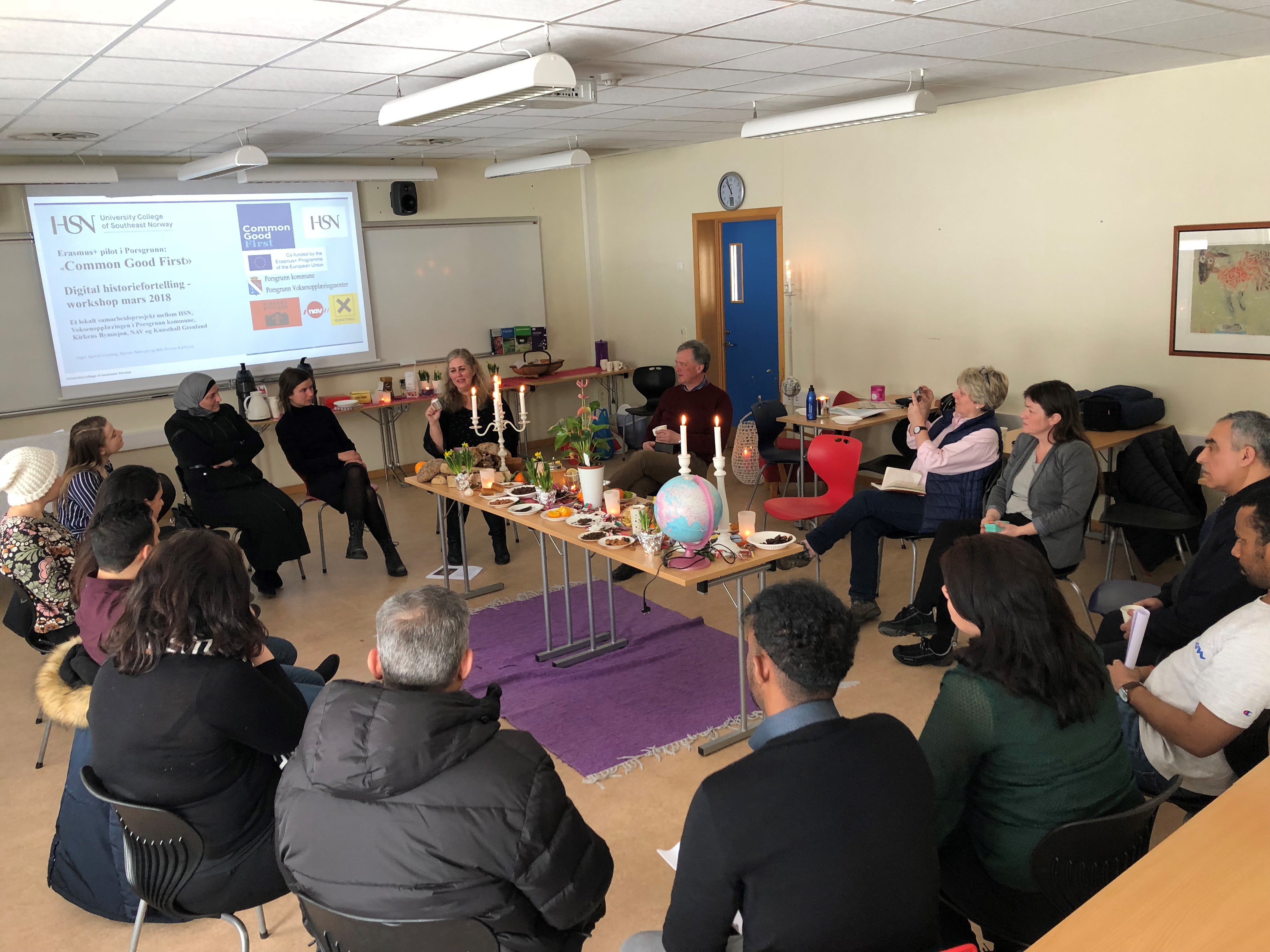Children with autism who are non verbal struggle with daily educational experiences. Their parents are not empowered to support the educational experiences of these children at home. In my experience I discovered that resources that I have at my disposal can be useful to design learning and teaching materials for my child. Hence I initiated a project which aims to equip and empower parents of children with autism who are non verbal with ways and strategies of designing such materials for their children.
What skills and resources were you able to draw from the community for this project?
I collaborate with two ladies, one, a teacher who has a private school for children with autism. She has been very helpful in recruiting the parents for the project. Another lady, who is a lawyer and her firm's social responsibility project focuses on children with special needs. She provided her boardroom as a space for our meetings and engagements.
The challenges
The main reason for setting up the project is my experience of raising a child who is autistic and non verbal. I realized that although he has been attending an educational centre for 9 years he was still not able to count, read or do anything that I could regard as educational. I decided o home school him. In that process I discovered that I could actually design learning and teaching materials for him by using recycled materials. I was happy with the results hence i decided to establish a community of practice with parents who are in a similar situation so that we could share expertise, empower and learn from one another.
Addressing the challenges
Parents of children with autism are now able to design learning and teaching materials for their children. This complements what the children are learning in schools. A relationship between parents and their children is being strengthened as they have to spend more time teaching their children. The learning resources used also help to develop children's fine and gross motor skills. As parents we also find ourselves in a creative space as we have to adapt and readapt the materials designed by others so that they can suit the needs of individual children. What still needs to be done is to follow up with parents and children and be able to observe how children are responding to the material designed for them This entails visiting the homes, watch how parents navigate the space with their children, what the children are able to lean or not learn using these resources . What will also be important is to observe how bot the parent and the child are experiencing the learning and teaching space. The outline of the design of the materials also need to be written and translated into the local language of the parents, which in this case is isiXhosa. This document can also be available online.
The achievements
This is an ongoing project which was launched 4 months ago. So far we have managed to design and share learning and teaching materials.






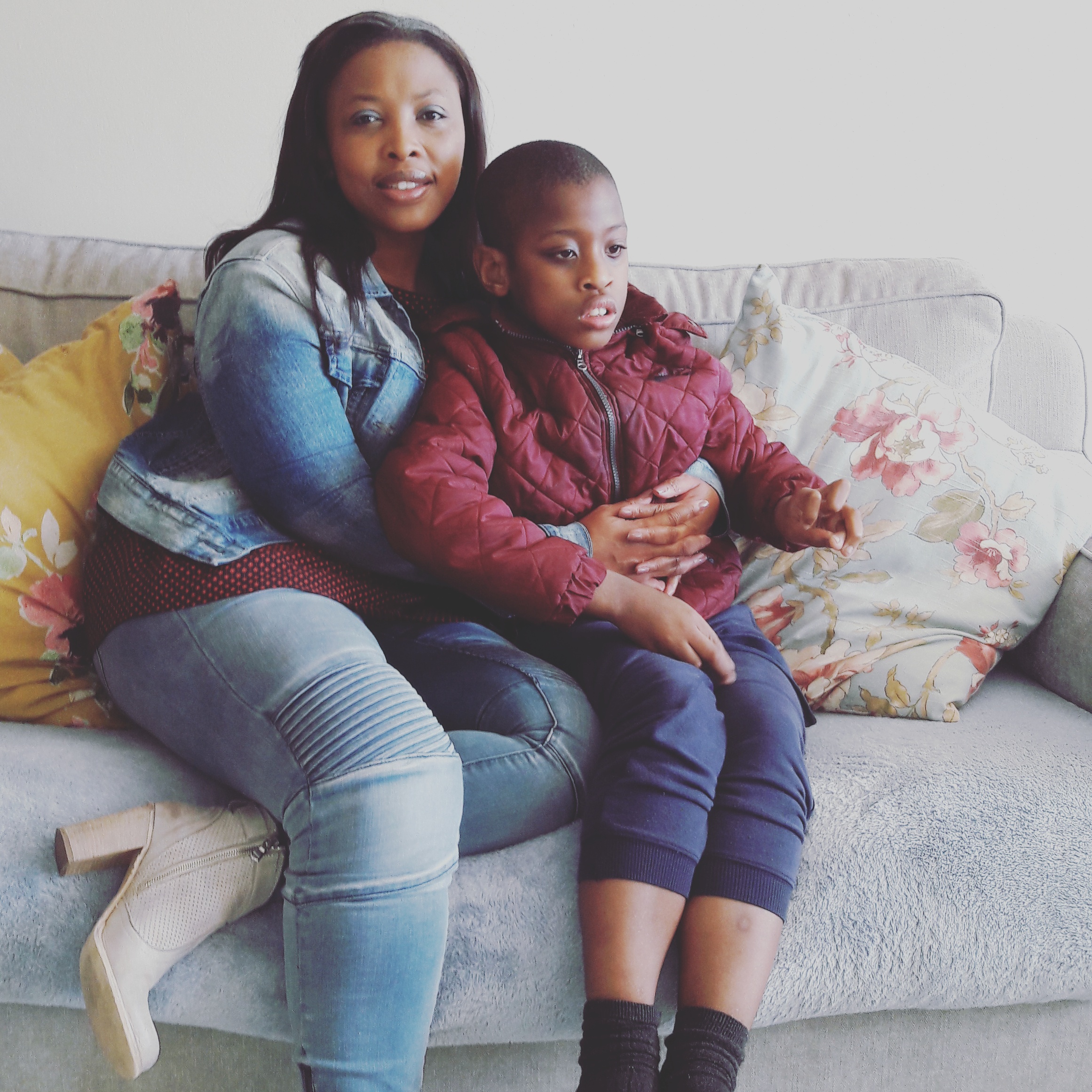

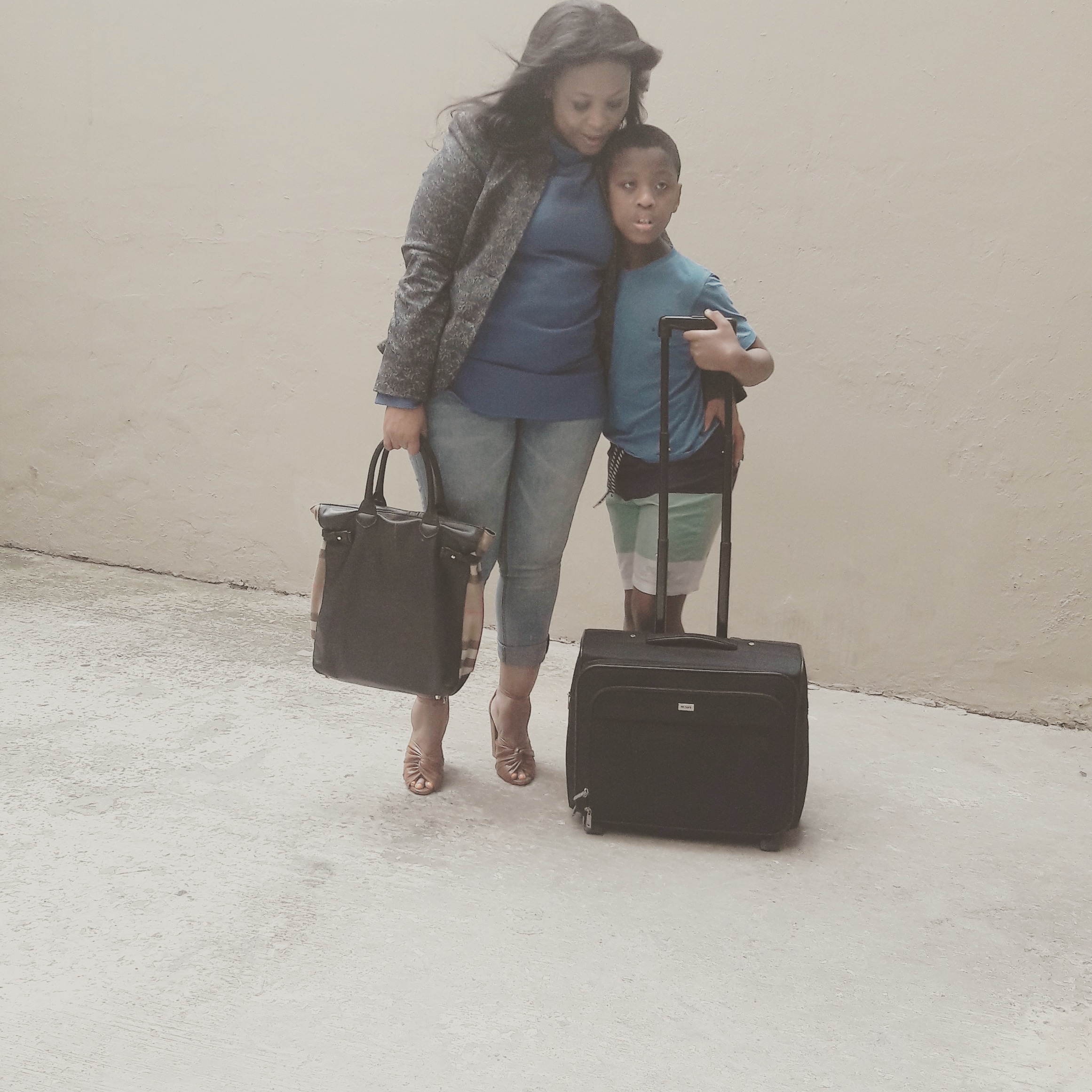
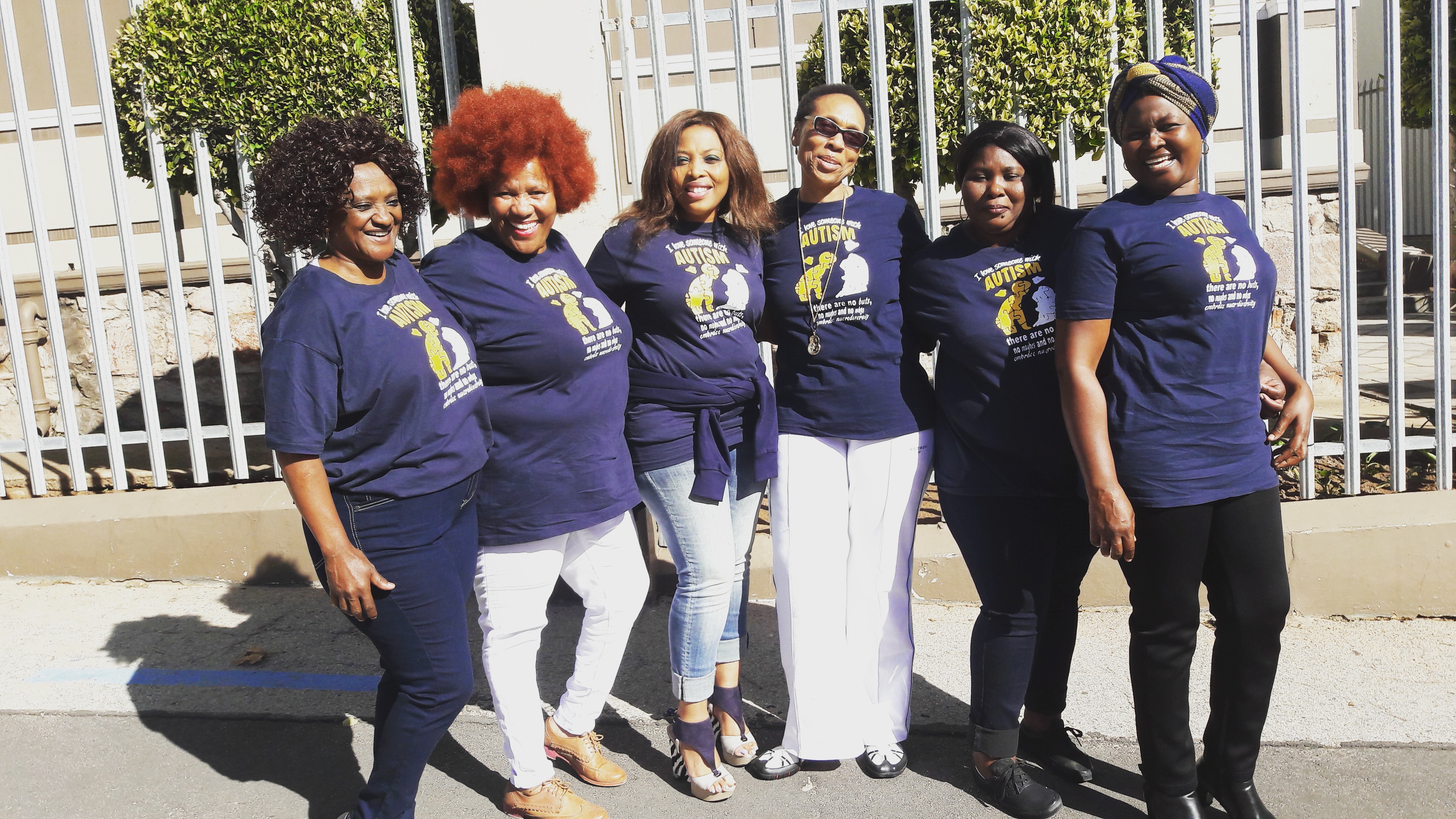
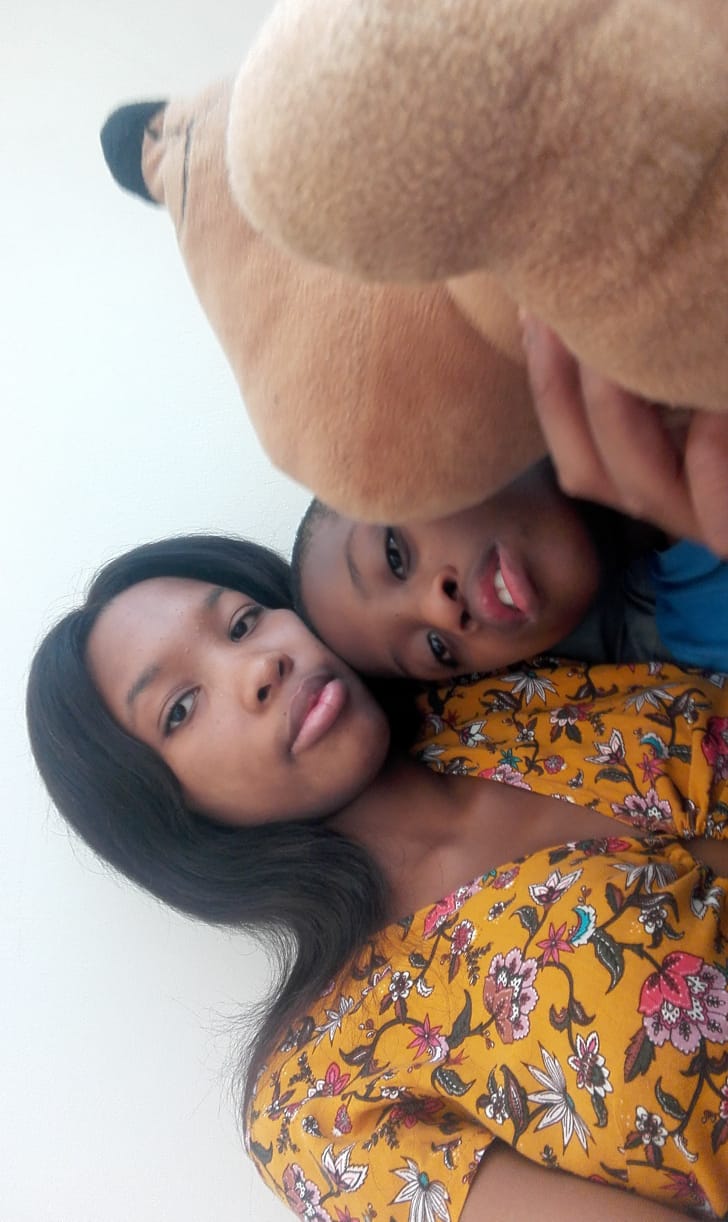
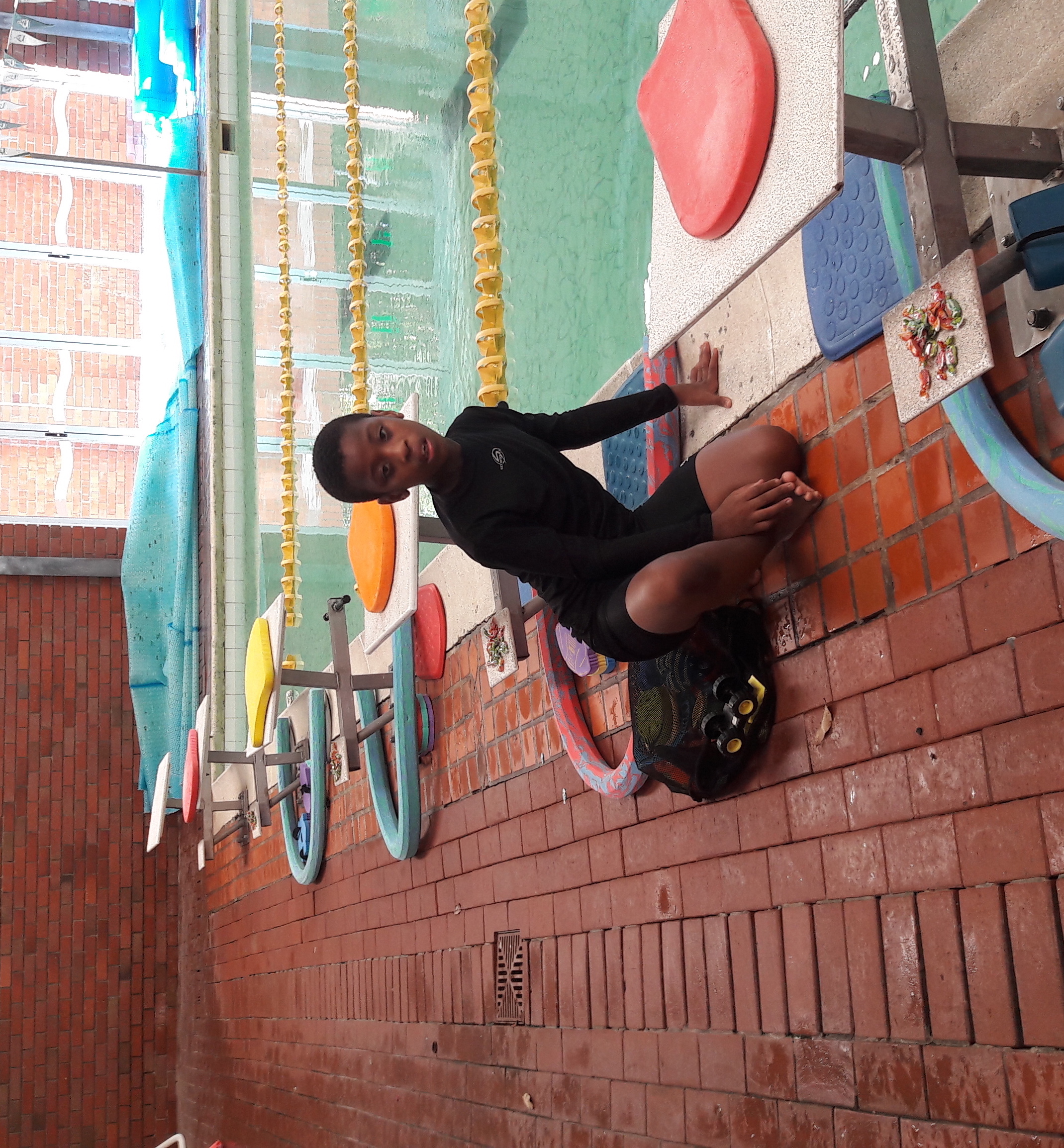
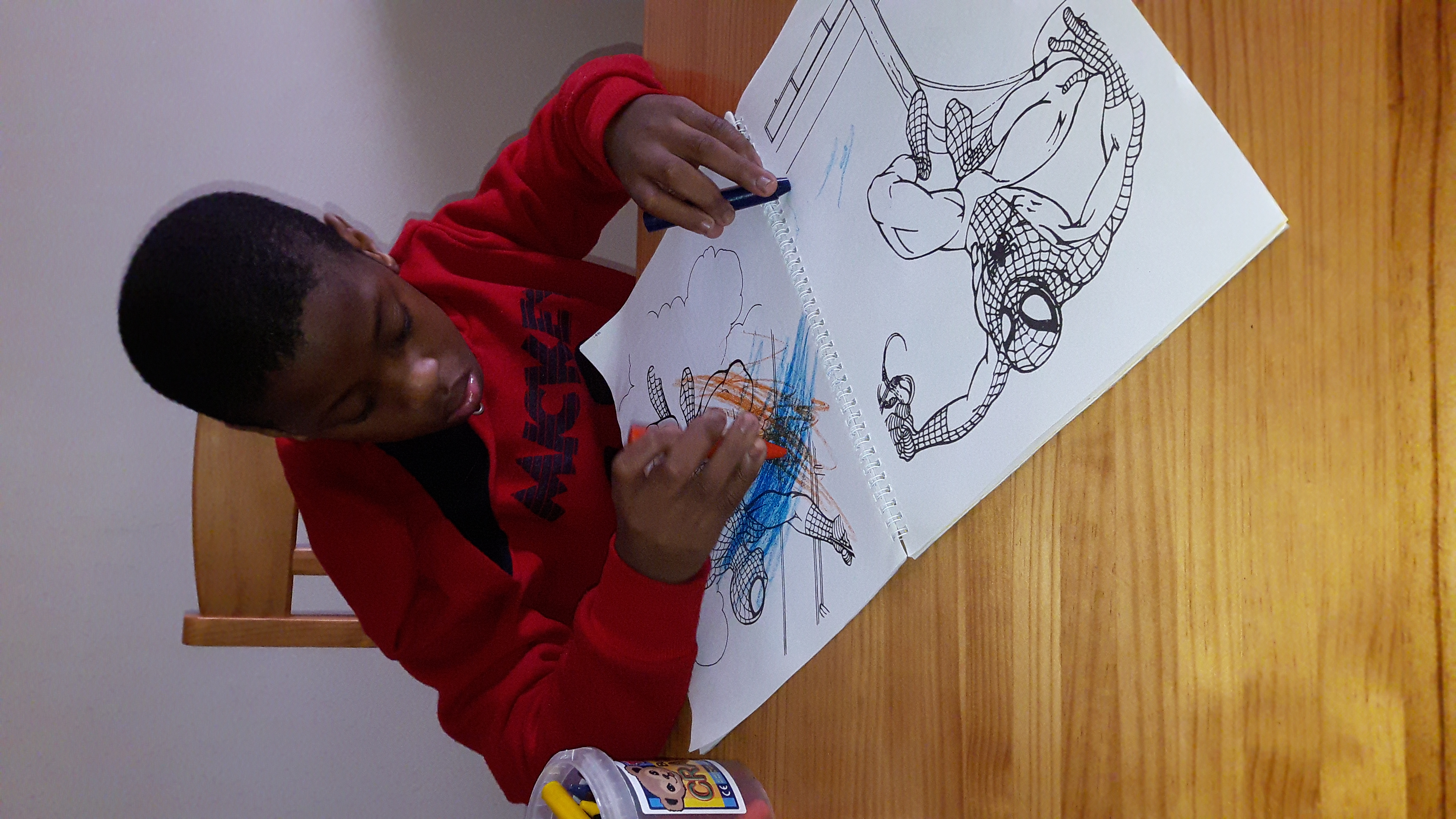


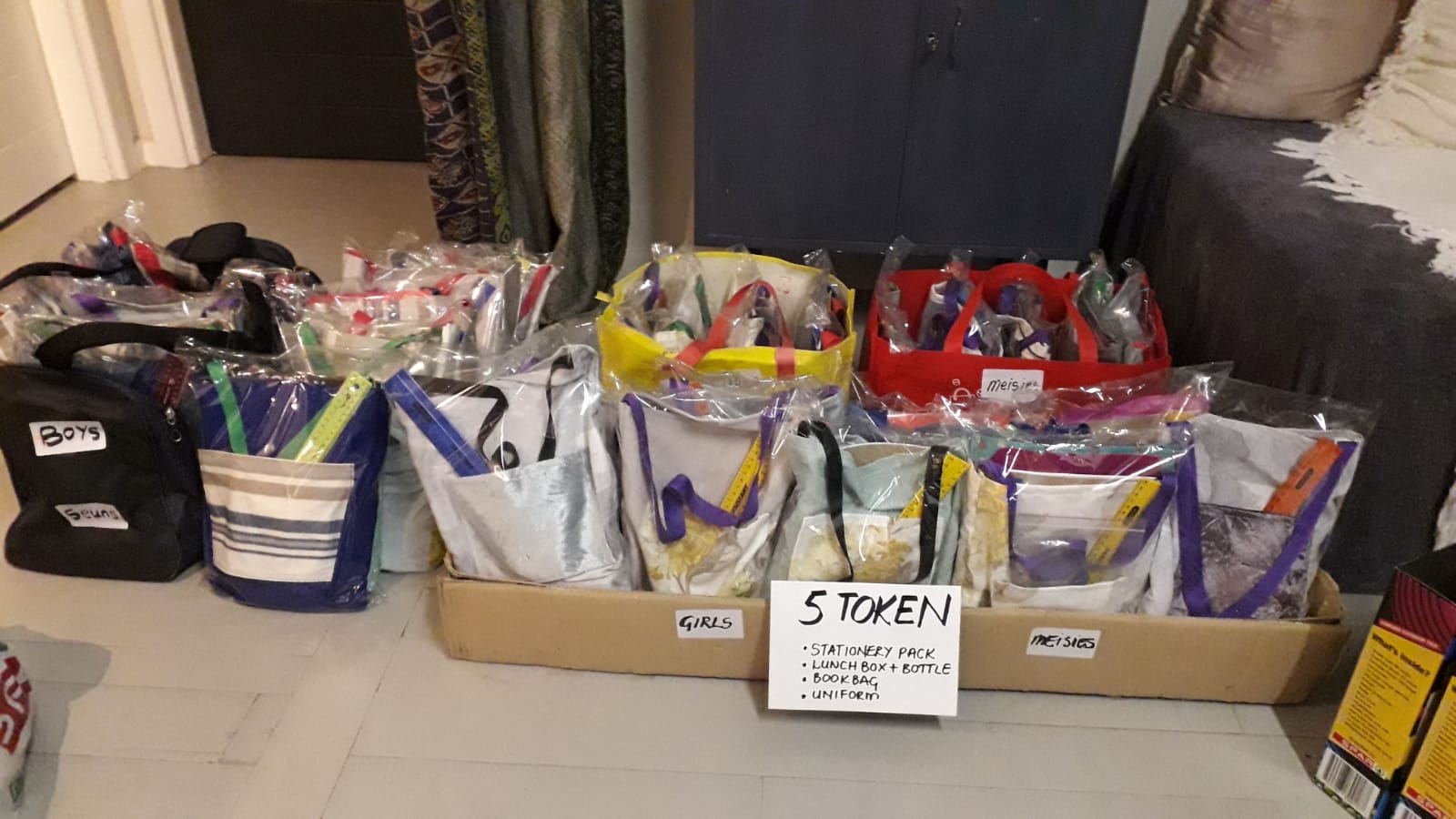
 Token Project / Move One Million
Token Project / Move One Million